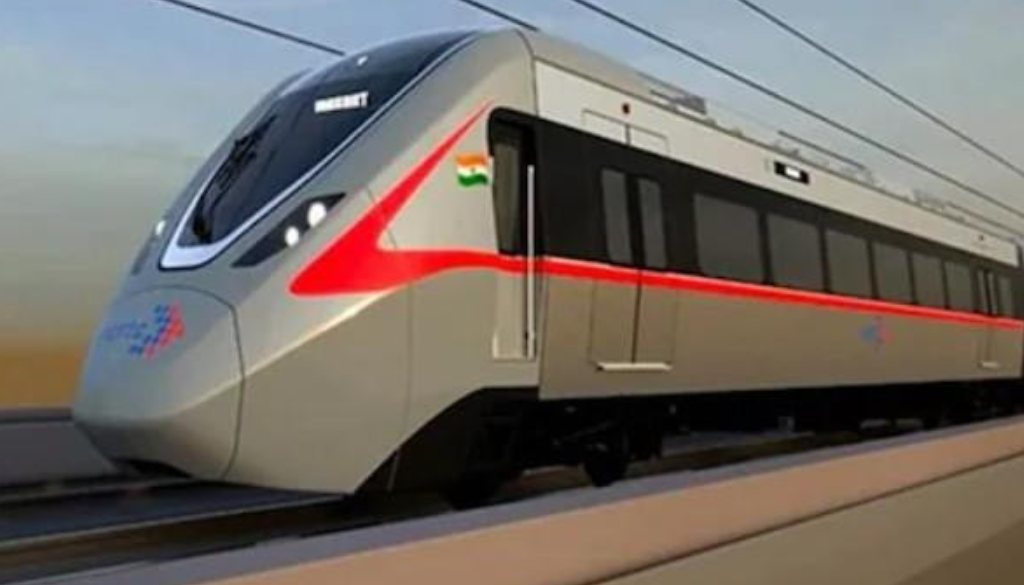NCRTC Electrifies Key Section of Namo Bharat Corridor

New Delhi, 11th April 2025: The Delhi-Ghaziabad-Meerut Namo Bharat Corridor has achieved another significant milestone, bringing the project closer to its operational launch. The National Capital Region Transport Corporation (NCRTC) has electrified the Overhead Equipment (OHE) between the New Ashok Nagar and Sarai Kale Khan Namo Bharat stations, with the system now charged at a capacity of 25 KV. This crucial step paves the way for the upcoming trial runs in this section, marking a major advancement in the development of the much-anticipated corridor.
The area between New Ashok Nagar and Sarai Kale Khan Namo Bharat station spans approximately four kilometers. In the future, electricity for this section will be supplied from the Sarai Kale Khan Receiving Sub-Station (RSS). The RSS will be equipped with a 66 KV power supply, from which 25 KV will be used to electrify the tracks for train operations, while 33 KV power will be provided to the stations along the corridor.
The NCRTC has signed an agreement with Delhi Transco Limited and the Gas Turbine Power Station (GTPS). Currently, the power for this section is being provided by the Ghaziabad Receiving Sub-Station (RSS). Notably, a 25 KV high-voltage cable has been installed from the RSS to the feeding post and is connected to the Overhead Equipment (OHE) of the trains via poles and cantilevers. These overhead wires, designed with high quality and capacity, will support the operation of trains at full capacity. The NaMo Bharat trains are designed to run at a maximum speed of 180 km/h, ensuring efficient and fast transportation on this corridor.
The Overhead Equipment (OHE) installed on the Delhi-Ghaziabad-Meerut Namo Bharat Corridor has been specially designed to meet the needs of high-speed and high-frequency trains. In the 14-kilometer stretch of the Delhi section, NaMo Bharat trains have already begun operating at Anand Vihar and New Ashok Nagar stations, marking a significant step toward the operationalization of the corridor. The infrastructure is tailored to support these fast trains, which are built to deliver efficient and swift transportation across the region.





